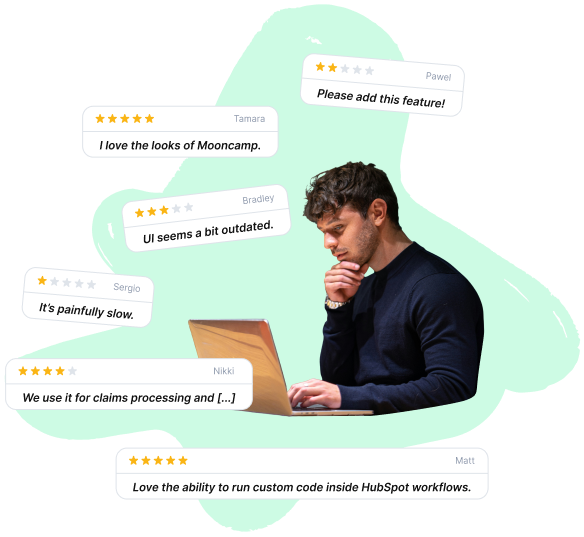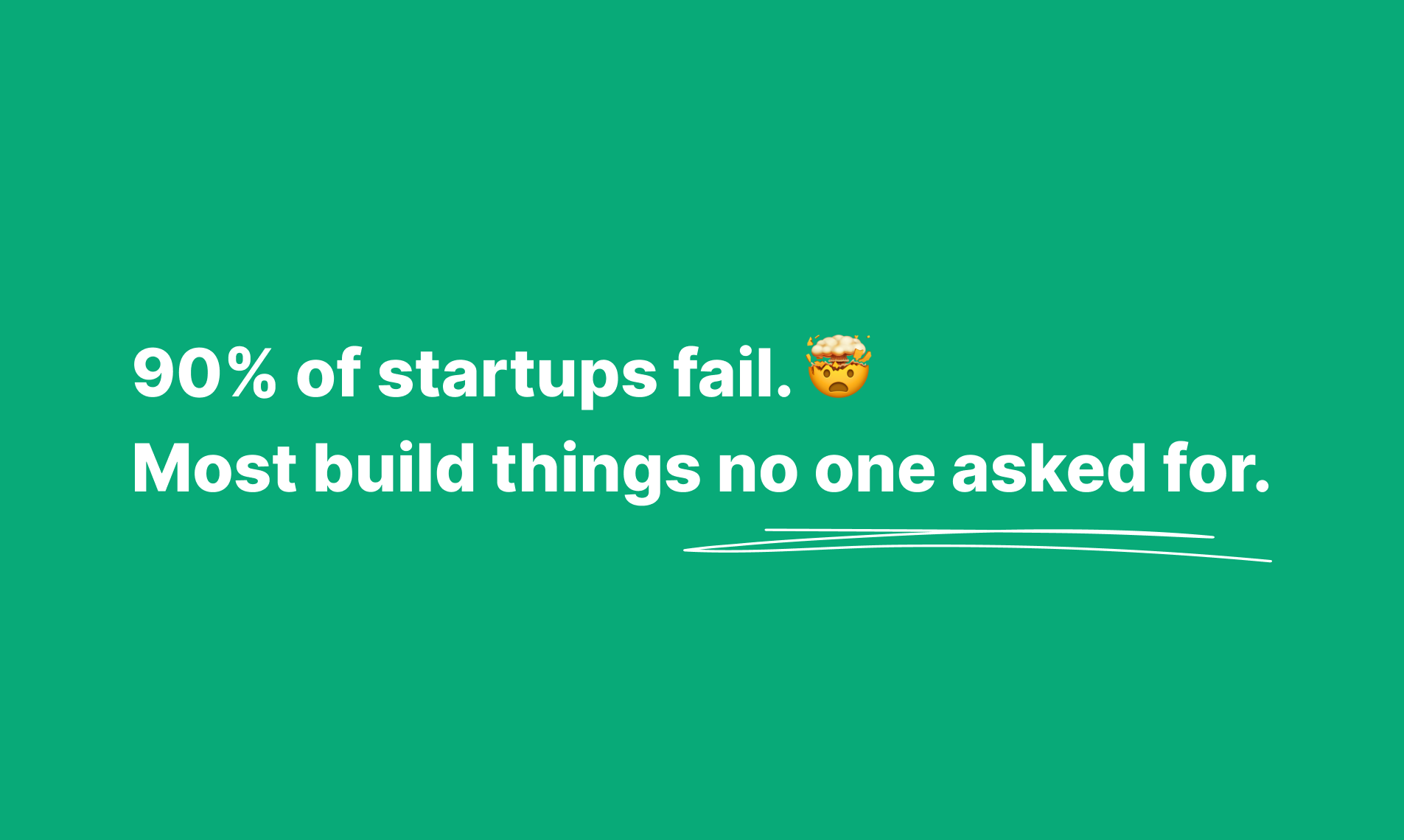
Table of Contents
Overview
Drowning in a sea of online reviews? Trying to understand what users really think about a specific SaaS product? Reviewradar offers a refreshing approach to market research. This AI-powered tool dives deep into millions of user reviews to surface key insights, saving you countless hours of manual analysis. Let’s explore how Reviewradar can help you understand customer sentiment and make data-driven decisions.
Key Features
Reviewradar boasts a powerful set of features designed to streamline your feedback analysis:
- Chat-based review analysis: Interact with the AI through a conversational interface, making it easy to ask specific questions and refine your search.
- 180,000+ SaaS products: Access a vast database of software products, ensuring you can find insights on a wide range of solutions.
- 5+ million reviews: Benefit from a massive dataset of user feedback, providing a comprehensive view of customer opinions.
- Direct review linking: Verify insights by easily accessing the original reviews from which they were derived.
- Insights on sentiment and feedback: Quickly understand the overall sentiment surrounding a product and identify key themes in user feedback.
How It Works
Reviewradar simplifies the process of understanding user feedback. Simply enter the name of a software product or a specific topic into the chat interface. The AI then processes aggregated reviews from its extensive database, summarizing user opinions and highlighting common praise or complaints. This allows you to quickly grasp the overall sentiment and identify key areas of interest without sifting through countless individual reviews.
Use Cases
Reviewradar can be applied to a variety of scenarios:
- Market research: Identify emerging trends and understand customer needs in specific software categories.
- Product development: Gather user feedback to inform product roadmap decisions and prioritize feature development.
- Competitive analysis: Analyze competitor products to identify strengths, weaknesses, and areas for differentiation.
- UX feedback gathering: Understand user experiences with specific software interfaces and identify areas for improvement.
- Investor and VC research: Gain insights into the market perception and potential of SaaS companies.
Pros & Cons
Like any tool, Reviewradar has its strengths and weaknesses. Let’s take a look:
Advantages
- Saves significant time compared to manual review aggregation and analysis.
- Provides real-time insights into customer sentiment and feedback trends.
- Offers direct links to original reviews for verification and deeper understanding.
Disadvantages
- Focuses exclusively on SaaS products, limiting its applicability to other industries.
- The quality of insights depends on the volume of reviews available for a given product.
How Does It Compare?
While Reviewradar offers a unique approach to review analysis, it’s important to consider its competitors. G2 provides a more structured review database, offering detailed product comparisons and user ratings. Appbot specializes in app store reviews, making it a better choice for analyzing mobile applications. Reviewradar stands out with its chat-based interface and focus on summarizing insights from a large volume of reviews.
Final Thoughts
Reviewradar offers a valuable solution for anyone looking to quickly understand customer sentiment and feedback on SaaS products. Its chat-based interface and AI-powered analysis make it a powerful tool for market research, product development, and competitive analysis. While it’s not a replacement for in-depth user research, Reviewradar can provide a significant head start in understanding the voice of the customer.

